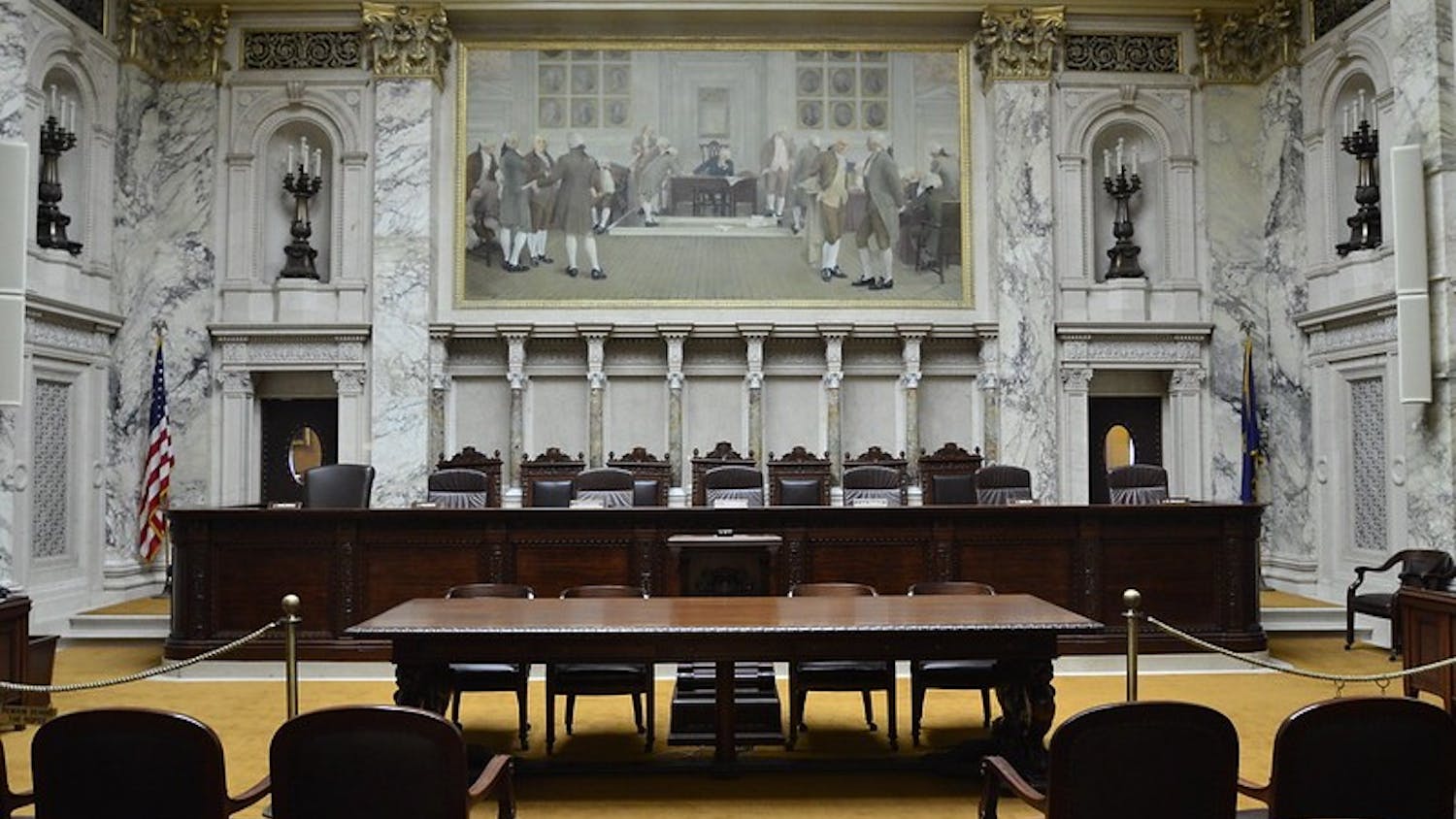Students at UW-Madison living in the Mifflin, Basset, Vilas or Greenbush neighborhoods may face increasing pressure in the coming years to cede their residences to private owners, according to a City of Madison Housing Committee meeting Wednesday. The committee gave a presentation on the university's assessment of neighborhood planning issues and trends in student housing.
The presentation, given by Associate Vice Chancellor of Facilities Planning and Management Alan Fish, was tentative in its analysis of the Mifflin, Bassett, Vilas and Greenbush areas, citing their potential for turnover from student renters to ownership occupants. According to Fish, the houses on those streets have received a significant amount of pressure and depreciation due to students moving off campus.
\The trend we are seeing is that [students] are actually moving two ways, in opposite directions, simultaneously,"" Fish said. ""One is they're going closer to campus in high-rises and secondly they're moving out where the value of their housing dollar gets them a better value, further away from campus.""
The high-rises refer to the 2,000 new units of heavy-density private housing that have been constructed in the last few years on the lower campus boundary, including the Embassy, Palisade and Aberdeen apartments. As for moving further off-campus, Fish said students are utilizing transportation services like the university's free Madison Metro bus pass to live in areas like Monona, East Madison and Middleton because housing prices there are lower.
The effect of these trends is that students are moving out of the Mifflin, Basset, Vilas and Greenbush areas, to the point where landlords are having trouble renting properties.
""It's created a lot of pressure in those four neighborhoods in the traditional houses that have been turned into student flats,"" Fish said. ""We have an opportunity to possibly find some way to convert those homes to owner-occupied homes.""
The presentation also focused on UW-Madison dormitory housing, which is currently about 700 to 800 beds short of accommodating an entire first-year class. Fish indicated the university wants to have the space available to house every freshman.
""Every year for the last several years we've been short ... and those kids are out in private housing as freshmen,"" Fish said. ""We know that that leads to lower grade point averages, less connections with the university, fewer of those students graduate in four years. ... There's actually empirical data that being in our resident housing as a first-year student is better.""





